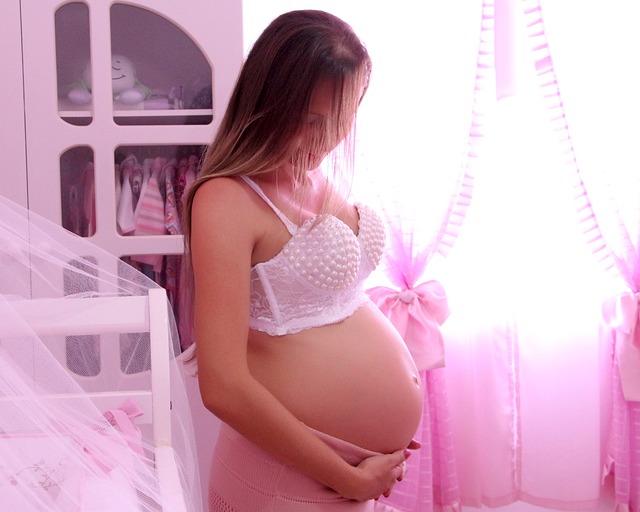As your little explorer investigates the world, their curious hands may come across hot surfaces or scalding liquids. Here’s how you can assist your child if they suffer a burn, ensuring their safety and comfort.
Understanding Types of Burns
Burns are categorized by severity:
- First-degree burns: These affect only the outer skin layer, resulting in redness and mild swelling, often accompanied by some pain.
- Second-degree burns: These involve both the first and second skin layers, leading to bright red, swollen, and blistered skin, along with significant pain.
- Third-degree burns: These penetrate through all skin layers, causing a charred, blackened, or leathery appearance. In such cases, your child might not feel pain in the burned area due to nerve damage.
What to Do If Your Child Gets Burned
If your child gets burned, immediate action is crucial. For minor burns, cool the area gently under running cold water for at least 10-20 minutes. Avoid ice, which can further damage the skin. Cover the burn with a clean, non-stick bandage and monitor for any signs of infection.
For more severe burns, it’s important to seek medical attention promptly. While waiting for help, you can cover the area with a clean cloth and avoid applying any ointments or home remedies.
When to Call the Doctor
If your child experiences a second or third-degree burn, or if a burn covers a large area, seek medical assistance immediately. Additionally, if your child shows signs of infection, such as increased redness, swelling, or pus, contact your healthcare provider.
Preventing Burns
To minimize the risk of burns, supervise young children closely in the kitchen and bathroom. Set your water heater to a safe temperature, and keep hot liquids and foods out of reach. Implementing safety measures can significantly reduce the likelihood of burn incidents.
Exploring the world is a part of your child’s growth, but burns can be one of the common accidents that occur during their adventures. By knowing how to treat a burn and taking steps to prevent them, you can help keep your little one safe. And if you’re looking for more information on managing morning sickness and nausea during pregnancy, check out this helpful post.
For those considering parenthood and seeking assistance, consider joining the Make a Mom community, a free sperm donor matching group. If you’re interested in at-home insemination, explore Make a Mom, which offers the only reusable option available. For a better understanding of how at-home insemination works, visit this link. Additionally, if you want to learn more about fertility treatments, WebMD provides valuable insights on various options available. For more resources on pregnancy and home insemination, click here.
Summary
Burns are a common childhood injury, and knowing how to treat them can make all the difference. Understanding the severity of burns, immediate first aid, when to seek medical help, and preventive measures are essential steps every parent should know. Additionally, resources for those interested in parenthood and fertility treatments are readily available.
